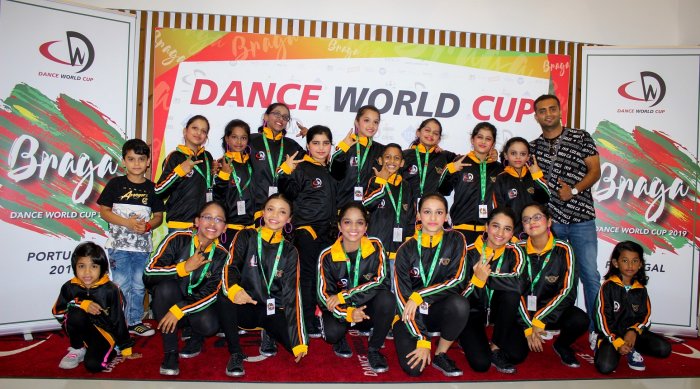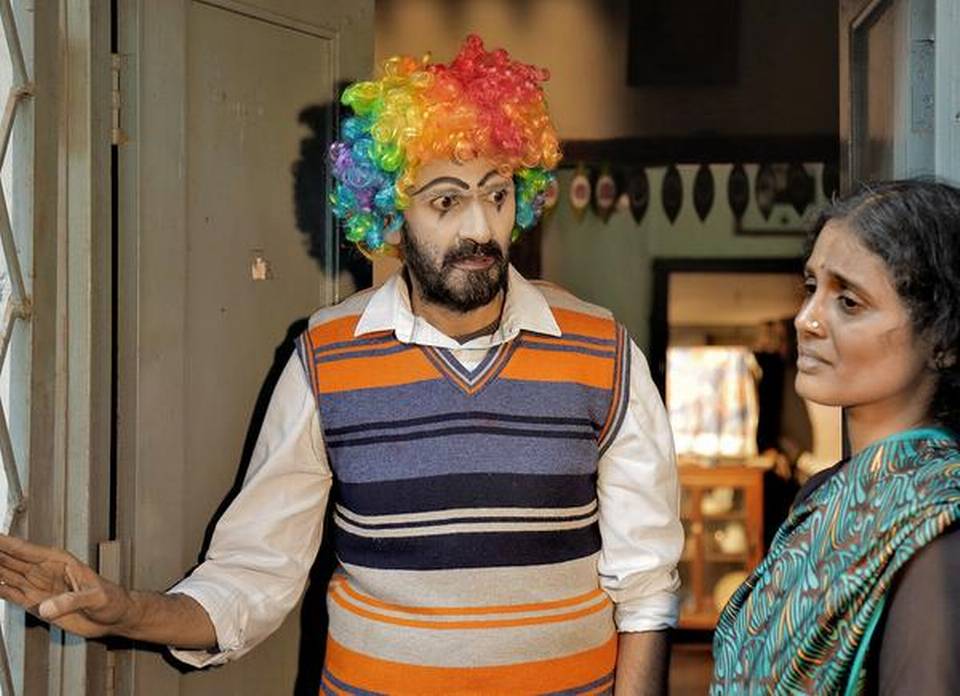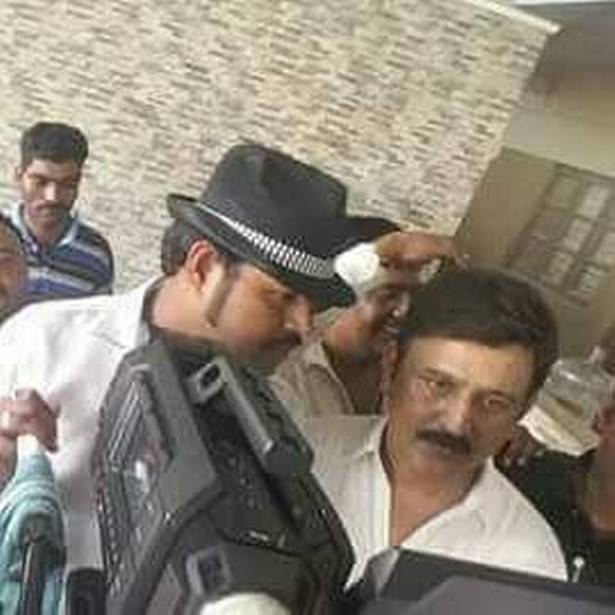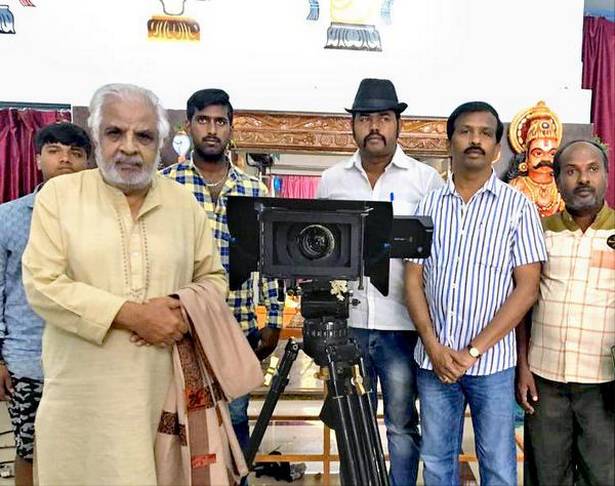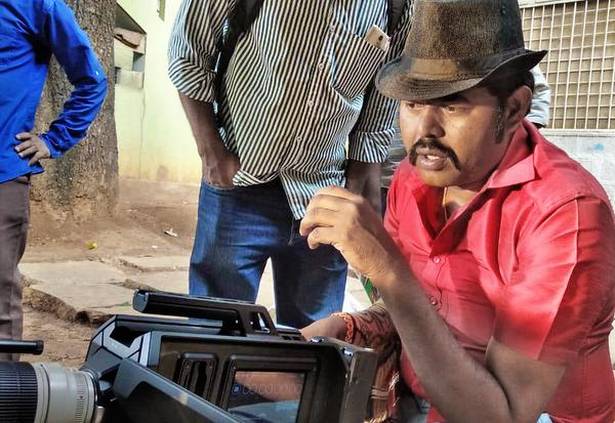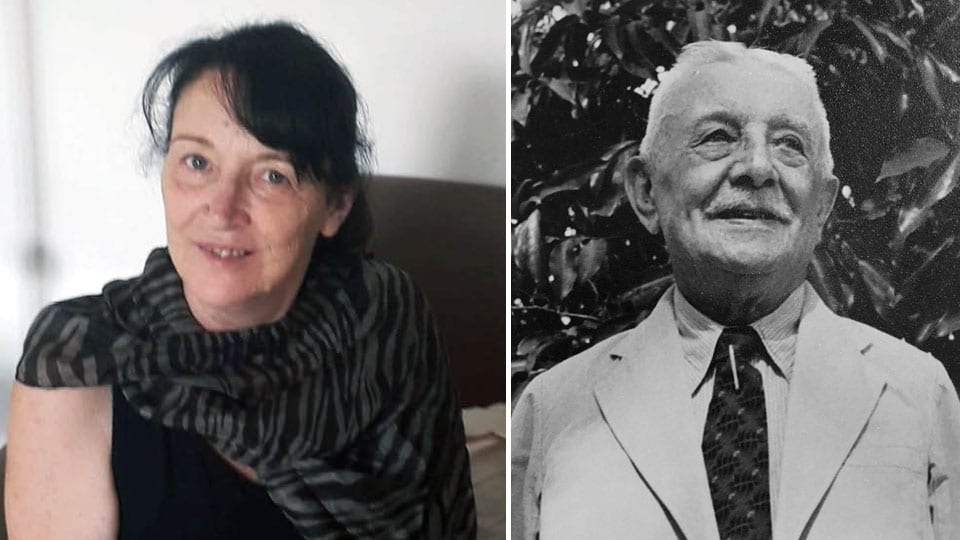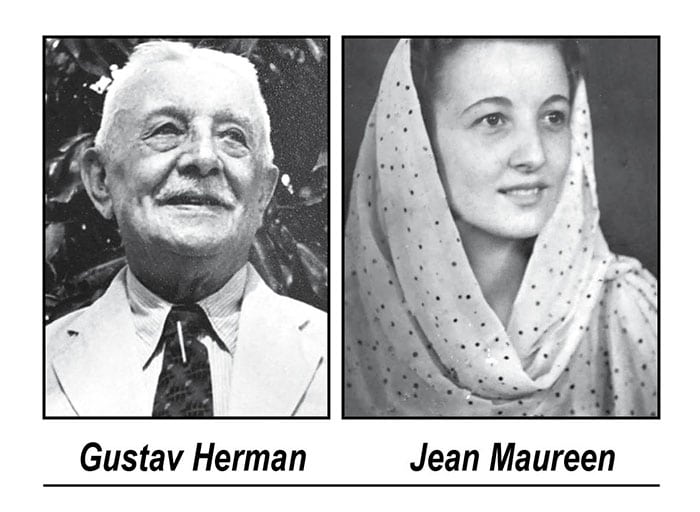
Karnataka has the distinction of securing the highest number Geographical Indications in the country
A mobile app that will help artisans promote GI products, easy availability of products on online retail platforms, a thriving brick and mortar marketplace that will showcase the best of what Karnataka has to offer. These are just some of the goals of the Karnataka State Geographical Indications Policy, which aims to promote and market the more than 40 registered GI products from the State.
From handicraft to textiles and horticulture to agriculture products, Karnataka has the distinction of securing the highest number Geographical Indications (GI) in the country. While some like Channapatna toys and dolls and Mysore Sandal Soap had strong brand recall and a huge consumer base even before getting the GI tag, others are still to find a wider market.
Gunjan Krishna, Commissioner, Industrial Development and Director of Industries and Commerce, said, “The policy is also aimed at protecting the rights of artisans and farmers as authorised users of the GI tag. For example, weavers of Ilkal sarees are authorised users of GI for Ilkal Sarees. They will have a mechanism as per the rules to initiate action against those who project and market some other saree as Ilkal sarees. We are already working at the ground level to sensitise artisans and weavers as well as consumers on importance of GIs.” There are also plans to increase their visibility on e-tail platforms. “We are already in talks with Amazon, Flipkart and other platforms on how to showcase GI products from the State online,” Ms. Krishna added.

The government is also contemplating setting up ‘design clinics’ across the State for the benefit of artisans. On the legal front, the department has reached an agreement with National Law School and other institution on how to protect the interest of GI users at ground level and dissemination of information on GIs.
As per the police, the State government will come up with a GI facilitation centre (GIFC) to implement all the schemes. The other objectives of the policy include a scheme for product standardisation and implementation of a quality control mechanism.
S.R. Satheesha, MD, Visvesvaraya Trade Promotion Centre (VTPC), which has been appointed as the nodal agency for the promotion of GI products, said the institute has already facilitated the registration of 126 artisans, farmers and groups as ‘users’, those who produce GI products in the State. “We have already started working at the ground level interacting with the artisans and farmers producing GI products in the State. We have to go a long way in protecting and promoting many of the GI products that have a strong legacy,” said Mr. Satheesha.

Safeguarding dying arts
Some GI handicraft like Udupi sarees, Navalgund durries and Kinhal toys have only a few families to carry on the craft as the younger generations have shifted to other more lucrative or sustainable jobs. “Artisans or farmers must get the right price for their effort. That will happen only when consumers are aware of the legacy of the products and how much labour goes into their making. Some NGOs are supporting artisans in promoting their GI products,” Mr. Sateesha added.
But awareness campaigns are slowly making an impact. He cited the example of some producers GI products like Mattu Gulla (Brinjal) in Udupi district where farmers know the importance of the tag and have taken the measures to protect their interest.
Listing new products for GI registration
The policy has also given impetus for new and prospective GI filings from the State. It states that new products which can be explored for registration include Gokak Toys, Vijayapura Raisins, Sagar Sandalwood carvings, Dharwad cotton sarees, Melkote Panche (Dhoti), Lavancha Craft in Coastal Karnataka, Savanur Betel leaves, Belagavi Kunda, Kadakola mats and others.
Financial assistance
The policy also talks about giving financial assistance to artisans to showcase their products in national and international fora by absorbing the cost of their (economy) plane ticket up to a maximum of ₹10,000 or reimbursing II Tier AC by Rail when they attend domestic exhibitions or fair. The State government will also provide up to ₹25,000 as stall rent and a dearness allowance for a a maximum of 15 days. For international exhibitions, artisans will get an economy airfare of up to ₹1.25 lakh, stall rent to a maximum of ₹1 lakh, and DA of $100 per day for a maximum of five days.
source: http://www.thehindu.com / The Hindu / Home> News> States> Karnataka / by Suchith Kidiyoor / Bengaluru – August 21st, 2019





